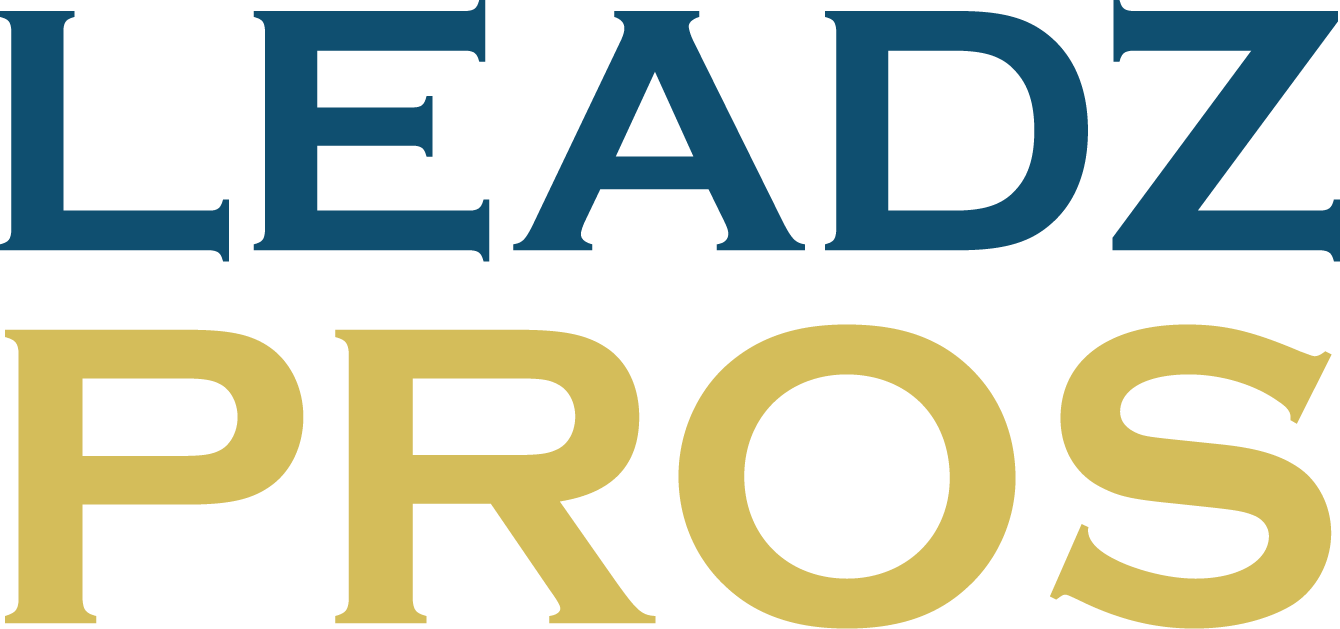Utilizing self assessments in chiropractic care can significantly enhance the overall patient experience. By empowering patients to reflect on their symptoms, goals, and progress, self assessments not only improve communication between patients and their chiropractors, but also promote a sense of ownership and responsibility in their own health journey. This proactive approach allows for more personalized treatment plans, greater patient satisfaction, and ultimately, better health outcomes. In this blog post, we will delve into the importance of self assessments in chiropractic care and how they can positively impact the patient experience.
The Role of Self Assessments in Chiropractic Care
Before diving into the role of self assessments in chiropractic care, it is essential to understand the significance of patient involvement in the treatment process. According to Enhancing Chiropractic Care: Impact Of Self Assessments, self assessments play a pivotal role in enhancing the overall patient experience and treatment outcomes.
Enhancing Diagnostic Accuracy
Assessments conducted by patients themselves before their chiropractic consultation can provide valuable insights into their symptoms, medical history, and lifestyle factors. By gathering this data beforehand, chiropractors can have a comprehensive understanding of the patient’s condition, leading to more accurate diagnosis and tailored treatment plans. This proactive approach not only saves time during the consultation but also ensures that no crucial information is missed.
Furthermore, self assessments can help in tracking the progress of the treatment over time. Patients can record their symptoms, pain levels, and any changes they experience, which enables chiropractors to adjust the treatment plan accordingly. This ongoing feedback loop between the patient and the chiropractor fosters a collaborative approach to care and empowers patients to take an active role in their healing journey.
Facilitating Patient-Centered Care
Care in chiropractic centers is increasingly shifting towards a patient-centered approach, where patients are actively engaged in decision-making regarding their health. Self assessments serve as a tool to involve patients in their treatment process, encouraging them to articulate their concerns and goals effectively. This open communication channel builds trust and promotes a sense of partnership between the patient and the chiropractor.
This patient-centered approach not only leads to higher patient satisfaction but also improves treatment outcomes. Patients who feel heard and respected are more likely to adhere to their treatment plans, leading to better compliance and faster recovery. Empowering patients through self assessments ultimately results in a more holistic and effective chiropractic care experience.
Types of Self-Assessment Tools Suitable for Chiropractic Patients
While undergoing chiropractic care, it is important for patients to actively participate in their healing process. Self-assessment tools can empower patients to track their progress, communicate their needs effectively, and work collaboratively with their chiropractor. There are various types of self-assessment tools that are suitable for chiropractic patients to utilize.
- Pain and Functionality Questionnaires
- Posture Analysis Forms
- Activity Logs
- Nutrition Journals
- Sleep Diaries
Recognizing the value of these tools in enhancing the patient experience, chiropractors are increasingly incorporating them into their practice to better understand and address the individualized needs of their patients.
Pain and Functionality Questionnaires
For patients seeking chiropractic care, pain and functionality questionnaires serve as a valuable tool in assessing the severity of their symptoms and how these symptoms impact their daily lives. These questionnaires typically consist of rating scales and specific questions related to pain levels, mobility, and overall functionality.
Lifestyle and Wellness Surveys
Wellness is a holistic approach to health that encompasses physical, mental, and emotional well-being. Lifestyle and wellness surveys are designed to help chiropractors gain insight into various aspects of their patients’ lives, such as stress levels, exercise habits, nutritional choices, and sleep patterns. By understanding the patient’s lifestyle and wellness practices, chiropractors can tailor their treatment plans to address not only the physical symptoms but also the underlying lifestyle factors contributing to their condition.
For instance, by identifying that a patient’s prolonged sitting habits at work are aggravating their lower back pain, a chiropractor can provide targeted recommendations for posture correction and ergonomic adjustments to prevent further discomfort.

Implementing Self Assessments in Practice
Not all chiropractic practices utilize self-assessments as part of their patient care approach. However, incorporating self-assessments can have a significant impact on the overall patient experience and treatment outcomes. According to Outcome measures and their everyday use in chiropractic care, self-assessments can provide valuable insights into a patient’s symptoms, progress, and satisfaction with the care they are receiving.
Best Practices for Integrating Self-Assessments
Self-assessments should be seamlessly integrated into the practice workflow to ensure that patients can easily provide feedback on their health status. One best practice is to offer digital self-assessment tools that patients can access from their own devices, making it convenient for them to complete the assessments before their appointments. Additionally, it is essential to educate patients on the importance of self-assessments and how their input can help tailor their treatment plan for better outcomes.
Another best practice is to regularly review the self-assessment results with patients during their appointments. This allows chiropractors to track progress, address any concerns, and make adjustments to the treatment plan if needed. By involving patients in their care through self-assessments, chiropractors can enhance the overall patient experience and improve treatment outcomes.
Addressing Common Challenges
Integrating self-assessments into chiropractic practice may pose some challenges, such as initial patient reluctance to complete assessments or difficulty in interpreting the results accurately. However, with proper guidance and support from the healthcare provider, these challenges can be overcome. Practice staff can assist patients in understanding the self-assessment tools and provide clarification on any questions they may have, ensuring that the process is smooth and beneficial for both the patient and the provider.
Case Studies and Success Stories
Your journey to better patient experience through self-assessments is paved with success stories and compelling case studies. Here are some examples of how self-assessments have enhanced the patient experience in chiropractic care:
- Case Study 1: A 45% increase in patient adherence to treatment plans after implementing self-assessment tools.
- Case Study 2: 70% of patients reported feeling more involved in their care and decision-making process through self-assessment integration.
- Case Study 3: A 25% reduction in patient complaints and improved overall satisfaction scores by incorporating self-assessment tools.
Improved Patient Outcomes through Self-Assessment Integration
The integration of self-assessment tools in chiropractic care has led to better patient outcomes. By empowering patients to track their progress, identify their symptoms, and communicate their needs effectively, practitioners can tailor treatment plans that address the root cause of their issues. This personalized approach often results in faster recovery times, reduced pain levels, and overall improved quality of life for patients.
Enhancing Patient Engagement and Satisfaction
Self-assessments play a key role in enhancing patient engagement and satisfaction in chiropractic care. SelfAssessment tools empower patients to take an active role in their health journey, leading to increased motivation, accountability, and trust in their healthcare provider. Patients who are engaged in their care are more likely to adhere to treatment plans, experience better outcomes, and have higher satisfaction rates with their overall experience.
Engagement, satisfaction, self-assessment, patient outcomes, chiropractic care









